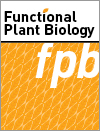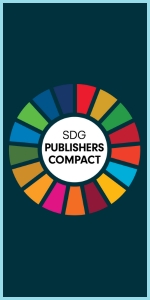Iodine application reduced the deleterious effects of salinity on lettuce. Iodine affects plants in a dose-dependent manner, with low doses stimulating but high doses inhibiting. Iodine spray increased the activity of enzymatic and nonenzymatic antioxidants. Plants treated with iodine showed reduced toxic compounds such as H2O2 and malondialdehyde. Lettuce plants sprayed with iodine showed improved nutritional status and increased photosynthetic pigments. Iodine addition increased lettuce growth and yield while reducing its nitrate content
This article belongs to the collection: Soil Microbiome and Abiotic Stress Tolerance in Plants.






